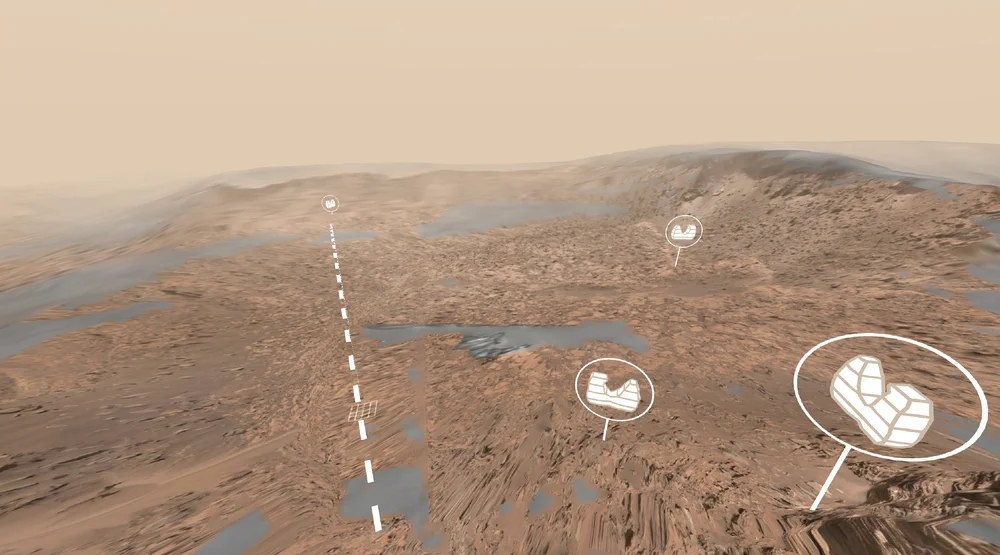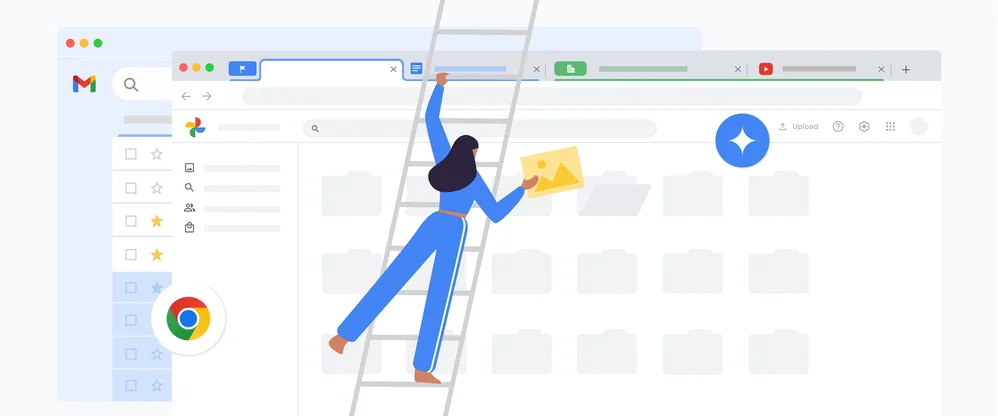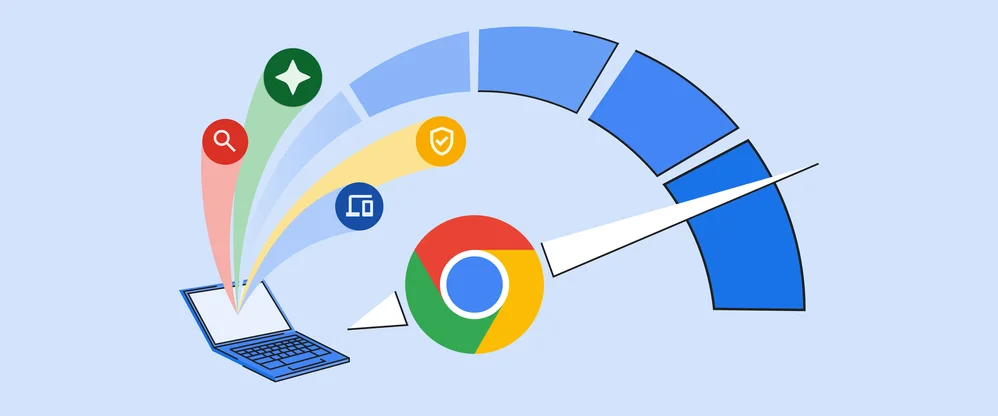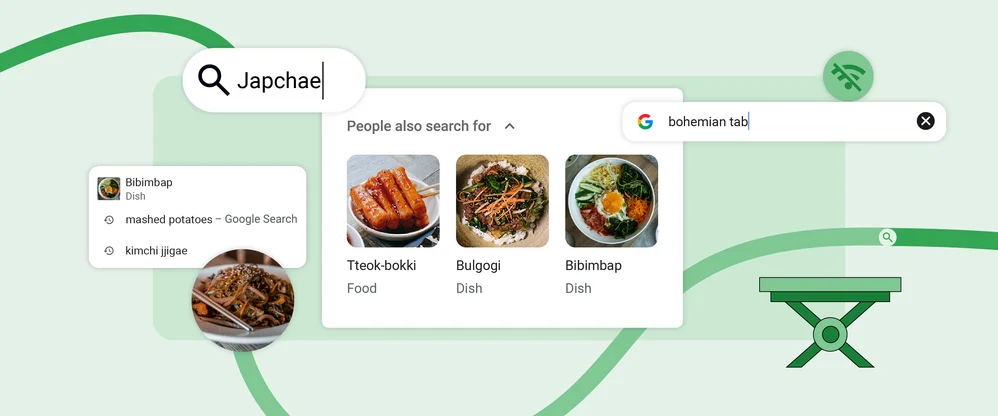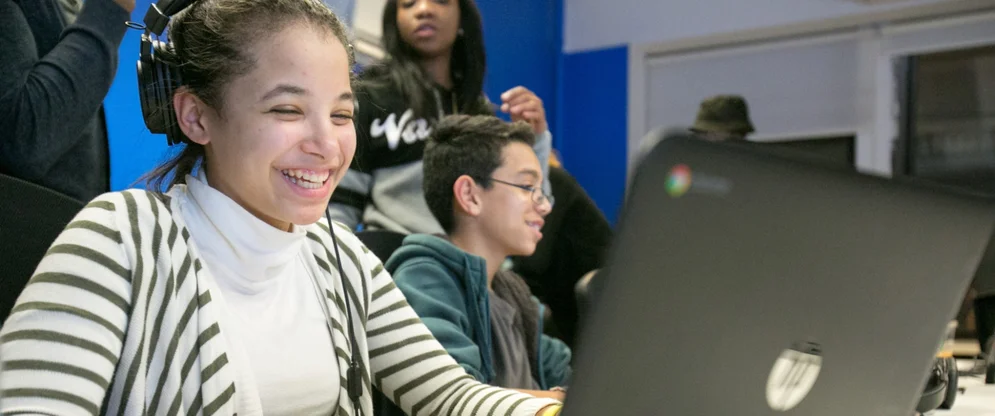Helping NASA and JPL bring the surface of Mars to your browser
On August 6, 2012, the Curiosity rover landed on Mars. Ever since, it’s been searching for evidence that Mars has ever been suitable for life. It’s also been photographing the Martian terrain in great detail. Scientists at NASA’s Jet Propulsion Lab use these photos to create a 3D model of Mars. It’s a one-of-a-kind scientific tool for planning future missions.
Today, we’re putting that same 3D model into an immersive experience for everyone to explore. We call it Access Mars, and it lets you see what the scientists see. Get a real look at Curiosity’s landing site and other mission sites like Pahrump Hills and Murray Buttes. Plus, JPL will continuously update the data so you can see where Curiosity has just been in the past few days or weeks. All along the way, JPL scientist Katie Stack Morgan will be your guide, explaining key points about the rover, the mission, and some of the early findings.
The experience is built using WebVR, a technology that lets you see virtual reality right in your browser, without installing any apps. You can try it on a virtual reality headset, phone, or laptop.
Check it out at g.co/accessmars.
And if you’re an educator, we’ve updated our Mars tour in Google Expeditions with highlights from this experience. To try it with your class or in self-guided mode, download the Expeditions app from Google Play or the App Store.
